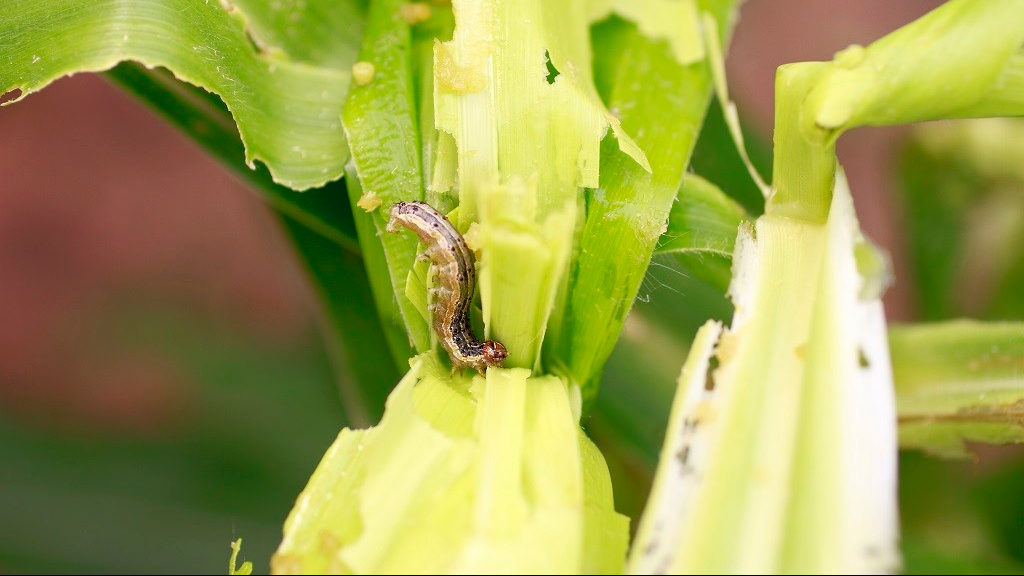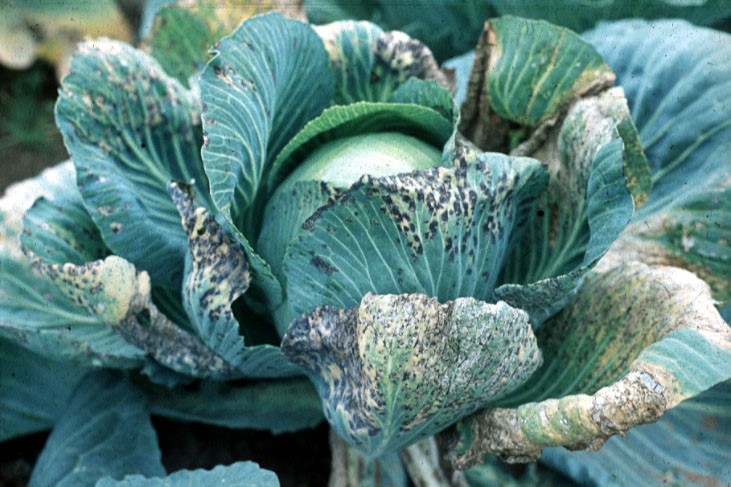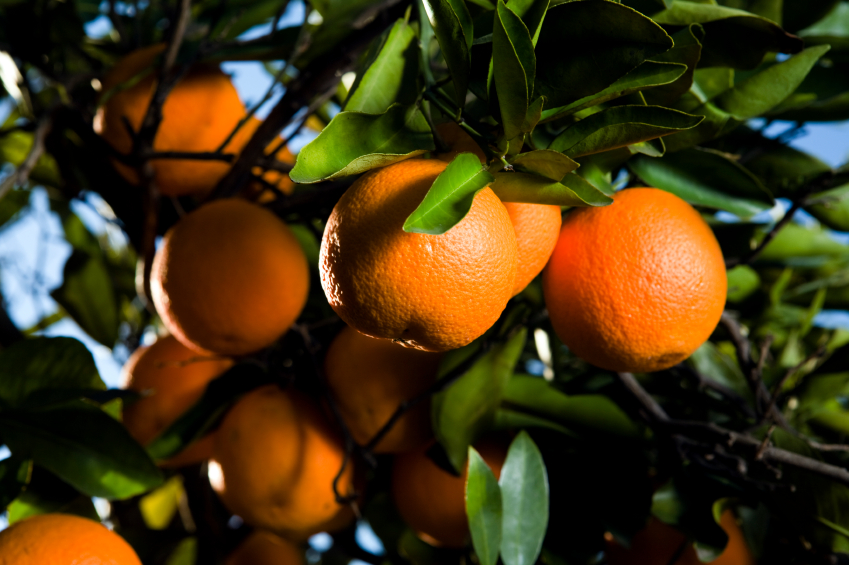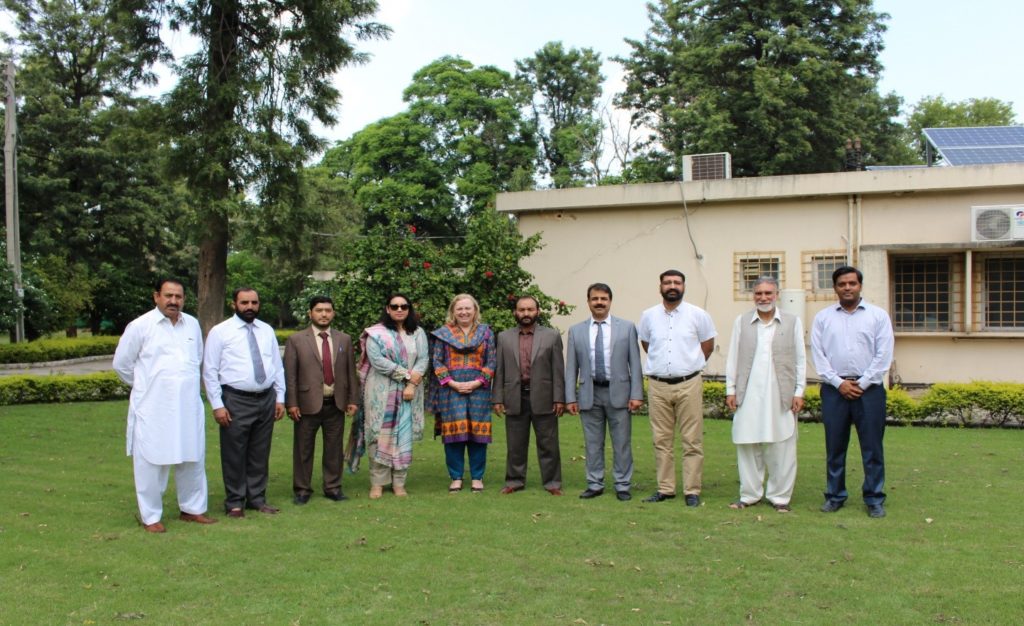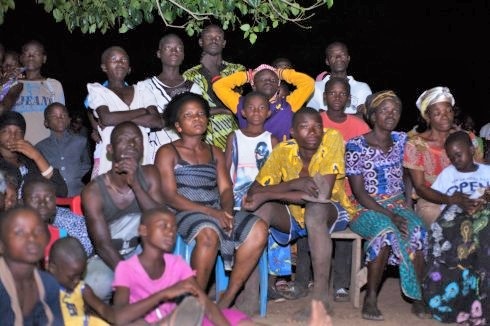CAB Reviews hits 1000 articles with fall armyworm paper
Allan Hruska of the Food and Agriculture Organization has examined published studies to see which management options are most likely to help smallholders tackle the devastating crop pest fall armyworm
Remembering Anthony Johnston – former Director Commonwealth Mycological Institute
By Dr David Smith, Director Biological Resources at CABI It was sad to hear of the passing of Anthony Johnston, a plant pathologist and former Director of the Commonwealth Mycological Institute (CMI) 1968-1983. He is fondly remembered by his colleagues, some of whom are still working at CAB International (originally CAB – Commonwealth Agricultural Bureaux) which…
Improving disease resistance in Kenyan crops
By Dr Charlotte Nellis, (NIAB EMR, UK) It is estimated that globally two billion people suffer from deficiencies in essential vitamins and nutrients, termed ‘hidden hunger’. Sub-Saharan Africa has a number of countries that have high levels of hidden hunger, including Kenya, which is ranked 2nd and 17th worst in Africa and the world, respectively.…
The history of cultivating citrus
By L Gene Albrigo Citrus is one of the most important exported fruit crops. Large plantings in countries bordering latitudes 20 south and north and in-between provide fresh and processed citrus for the more populated northern European and American countries as well as other large populations around the world. Citrus has also been a cultivated…
New podcast from SciDev.Net focuses on cholera in Cameroon and measles in Democratic Republic of Congo
As part of a series of podcasts funded by the Wellcome Trust and hosted by SciDev.Net Sylvie Akoussan looks at the cholera epidemic in northern Cameroon before shifting her attention to measles in the Democratic Republic of Congo. Her report, in French, asks important questions about the quality of tap water in Africa and whether this…
CABI hands over Phytosanitary Risk Management Programme (PRMP) to provincial stakeholders in Pakistan
By Umair Safdar, Communication Development Executive, CABI Central and West Asia (CABI CWA), Rawalpindi CABI in Pakistan implemented a USAID/USDA funded project ‘Phytosanitary Risk Management Programme in Pakistan (PRMP)‘ from 2014 to 2019. CABI’s scientific team upgraded the infrastructure at the relevant provincial agricultural departments and strengthened the capacity of Pakistan’s current agricultural system so…
Village-based film screenings prove a popular way to reach and inform farming families in Northern Ghana
Duncan Sones, from the CABI GALA communications team, reflects on the first two years of the soybean campaign in Northern Ghana. In the last two years, there have been 346 village-based film screenings of films made by CABI to show farmers how to grow soybean. Take into account the use of Facebook for a music-based…
Finding the farmers of the future: Encouraging youth engagement in agriculture
Special International Youth Day report by Rebecca Quarterman The number of young people involved in agricultural work in East Africa is significantly dwindling in an age of celebrity, quick income and the ‘side hustle’. Quite simply, the future of farming rests in the hands of the youth of today and tomorrow – otherwise agriculture’s vital…
Improving smallholder farmers’ livelihoods and food security through insects for feed
By Solomon Agyemang Duah, Communications Specialist at CABI based in Ghana Poultry farming is practised by almost all smallholder farmers in West Africa but feed and in particular protein sources are becoming increasingly expensive thereby, affecting meat and egg production, reducing family incomes and, ultimately, putting food security at risk. Fish farmers are suffering a…


